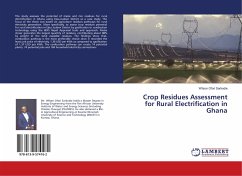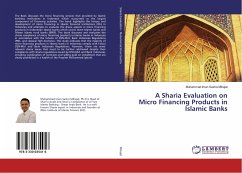The carbonized materials were collected from PHilMech developed biomass furnaces. The combustible volatile matter and fixed carbon content of carbonized materials obtained ranges from 8.68% to 10.73% and 14.88% to 82.78%, respectively. The production of briquettes was conducted using piston-type and screw-type briquetting machines. Commercially available cassava starch was used as binder. The produced briquette is cylindrical in shape with hole in the center to promote efficient combustion. The size of briquette is 50mm in length with an outside and inside diameter of 50mm and 16mm, respectively. The optimum formulation using piston-type briquetting machine is 10% binding agent for carbonized ricehull and 12.5% for carbonized corn cob. For screw-type briquetting machine, 2.25% binding agent is ideal for both CRH and CCC. The resulting energy values and combustion qualities of the briquettes produced from the carbonized based fuel briquettes were sufficient to produce the requiredheat for domestic cooking as well as for industrial application. Likewise, the biomass fed furnace owner can earn an additional income for converting their by-products into fuel briquettes.








